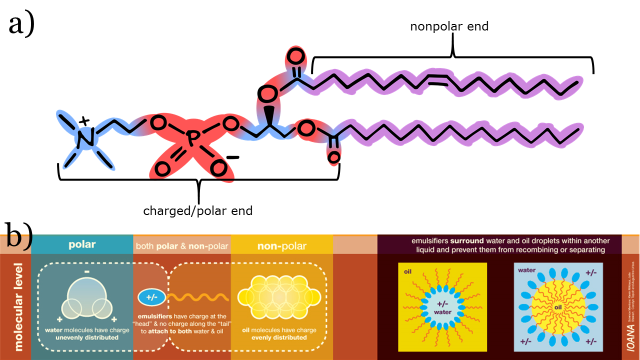Beautiful Magnesium Reaction With Steam

When magnesium interacts with water it will form a hydrogen gas that ignites violently due to the excessive heat and oxygen supply.
Magnesium reaction with steam. This reacts with the magnesium strip in the tube to produce hydrogen gas. However if steam is. When the cotton wool is heated the water turns to steam.
After several minutes some bubbles of hydrogen form on its surface and the coil of magnesium ribbon usually floats to the surface. About Press Copyright Contact us Creators Advertise Developers Terms Privacy Policy Safety How YouTube works Test new features Press Copyright Contact us Creators. In the second method the hydrogen is collected over water and tested with a lighted spill.
Like the reaction between magnesium and water it is possible to react aluminium with steam. Plunge a burning magnesium ribbon into the steam above boiling water and allow the hydrogen that is formed to burn or collect it over water and test it with a lighted spill. The reaction between aluminium and steam.
Magnesium burns in steam to produce white magnesium oxide and hydrogen gas. Magnesium is such a strong reductant it is able rip the oxygen from water leaving behind hydrogen. This protects the metal and stops it reacting.
Magnesium Magnesium burns in steam to produce white magnesium oxide and hydrogen gas. Then move the Bunsen burner to the water-soaked mineral wool to begin vaporising the water. After several minutes hydrogen gas bubbles form on its surface and the coil of magnesium ribbon usually floats to the surface.
Magnesium Magnesium burns in steam to produce white magnesium oxide and hydrogen gas. Heat the tube with a Bunsen burner directly below the magnesium until the ribbon just catches fire. Mangesium does not react with cold water but reacts with steam.













